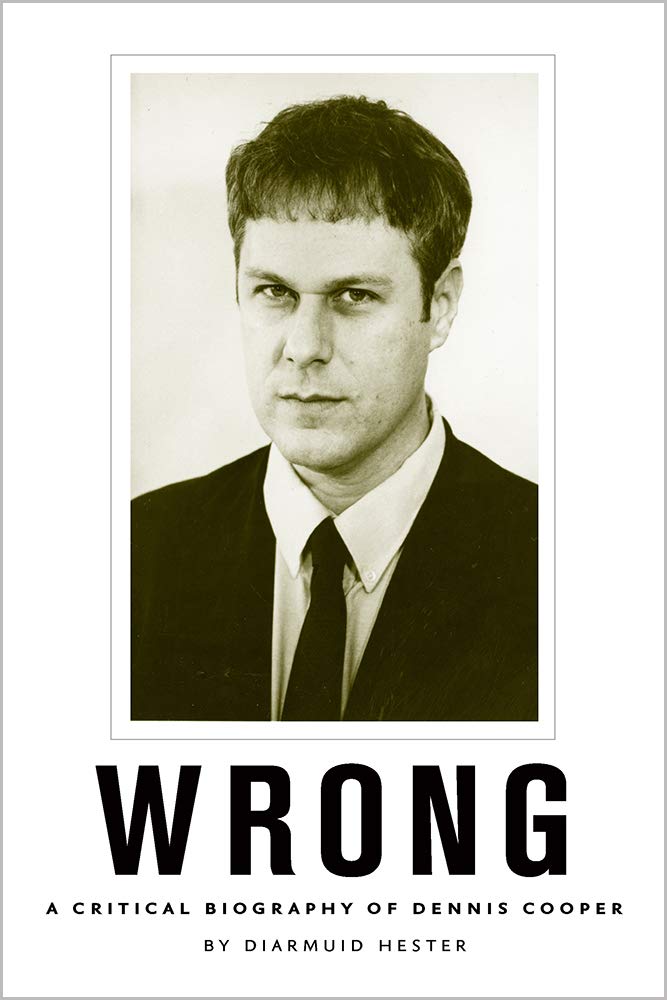* (restored)
—-

Laporte, Roger (1925-2001). A philosopher by training, Laporte is primarily known as the author of a series of unusual works (including La Veille, 1963; Fugue, 1970; Moriendo, 1983) where attention focuses on the activity of writing itself, to the virtual exclusion of other subject-matter. Assembled in one volume (Une vie, 1986), the nine separate texts are experiments in a new genre, labelled ‘biographie’ (see Carnets, 1979; Lettre à personne, 1988), where the writer’s self is apprehended in its primordial relationship to language and utterance. Austere but rigorous and elevating, Laporte’s work often invokes kindred spirits such as Mallarmé, Artaud, and Blanchot, on whom he has written with penetration (Quinze variations sur un thème biographique, 1975). While a number of Laporte’s essays on contemporary philosophers have been published in periodicals and anthologies in the UK and the United States, only a very few fragments of his own vastly significant writing have been translated into English. Nonetheless, the scholar Ian Maclachlan’s brilliant and acclaimed book length study of Laporte’s work, Roger Laporte: The Orphic Text, was published by Oxford University Press in 2000. Laporte died in 2001.

a tribute to Roger Laporte by Derrida, Giraudon, Deguy, & others
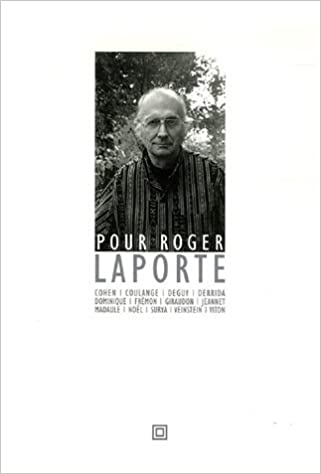
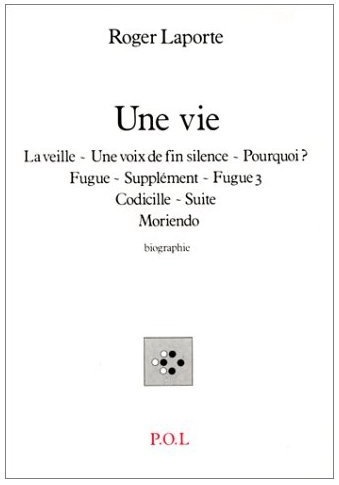
‘Fugue is a long monologue in which a narrator proposes to write a novel that would expose his experience of writing in its immediacy, that is, as he sets his hand down to write on the blank page. The narrator states that his purpose “is to write a book that would be its own content, a book that would produce and register its own elaboration”. His project is dictated, he says, by his intention to “reveal the inner workings of the thought process”. The metafictional theme of writing is maintained throughout the novel. It is in fact its fundamental organizing principle.
—-”In the fugal structure and in the novel, a single theme is present as a unifying element. In both, it is a base element that is “searched out”. In the case of the fugue, it is the multiple entries of, and variations on, the theme that expose its musical potential. In the novel, the narrator proposes various models that he hopes will shed light on the question “What is writing?”. Thus the fugal theme or subject, as it is also called, and the novel’s theme can be projected onto each other as counterparts. Particular features — both are monothematic compositions whose themes have a unifying function and provide the potential for exploration and development — are recruited to participate in the construct of a blended space.’
from Frederique Arroyas’ ‘When is a Text like Music?’ (read the entirety)

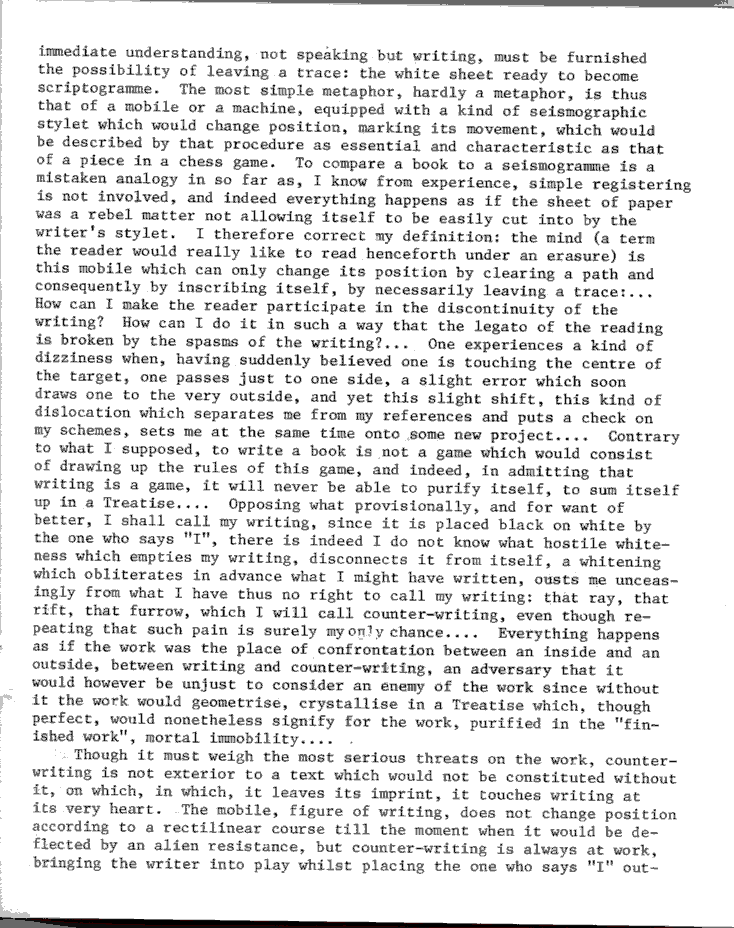
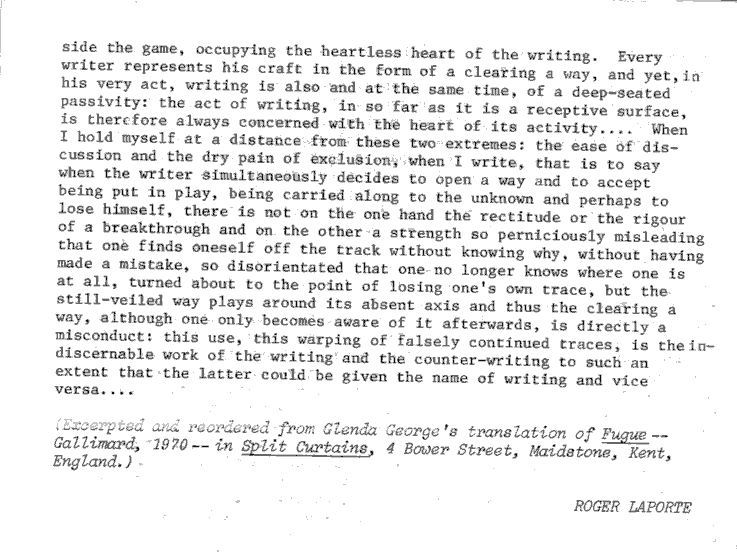
Extrait du chapitre consacré à Marcel Proust
On peut en revanche essayer de comprendre pourquoi chez Proust les expériences de mémoire affective s’accompagnent toujours d’un tel sentiment de félicité que sa propre mort, véritable hantise, lui devient indifférente. – Une expérience majeure, constante, partagée par Swann et par le narrateur, est celle de l’oubli. Donnons un seul exemple, mais particulièrement probant on sait quelle longue et très cruelle souffrance fut pour le narrateur le départ, puis la mort d’Albertine. Le temps passe. Le narrateur est à Venise. Il reçoit un télégramme : la signature, à la suite d’une erreur de la poste, ne porte pas le prénom de Gilberte, mais celui d’Albertine…. ce que le narrateur accueille avec indifférence, car son amour pour la jeune fille en fleur est complétement mort. Proust a raison de penser que non seulement nous oublions le passé, mais que notre moi d’alors, le moi par exemple de celui qui aimait Albertine, n’existe plus, du moins en apparence. Il n’est pas question de mésestimer le temps retrouvé, mais nul mieux que Proust ne nous apprend que 1a mort ne coïncide pas avec la fin de notre existence, qu’elle ne se réduit point au trépas, mais que nous ne cessons de mourir tout an long de notre vie ». Sans doute la mémoire affective qui s’accompagne toujours d’une bouleversante félicité, ne vaut-elle que pour Proust lui-même, mais qui, plus que lui, a souffert de l’oubli! A un ami qui part pour un long voyage, Proust écrit “il est triste de leur séparation, mais qu’il est encore plus triste à la pensée que dans un certain temps il sera devenu indifférent. Si Proust avait été moins vulnérable, moins sensible à l’oubli, à la mort de soi, il n’aurait pas éprouvé une immense joie en retrouvant un moment du passé complètement oublié, perdu en apparence à jamais, en ayant ainsi la preuve que la mort, n’existe pas dans la mesure où il se retrouve lui-même tel qu’il était alors. A présent nous sommes mieux à même, non de partager l’incommunicable, mais de comprendre la félicité proustienne.
Extrait du chapitre consacré à Georges Bataille
S’il on est Balzac, on peut s’aventurer, avec plus ou moins de bonheur, à résumer La Chartreuse de Parme, mais aucun des trois récits majeurs de Bataille ne saurait être repris en peu de mots; même faire des citations est impossible et d’abord serait ridicule. On peut seulement dire avec Marguerite Duras:
« Edwarda restera suffisamment inintelligible des siècles durant… le sujet d’Edwarda se situant en deçà ou au-delà des acceptions particulières du langage, comment en rendrait-il compte! »
Par je ne sais quelle inconséquence, quel manque de lucidité cruel, il est arrivé à Bataille d’écrire de volumineux, d’ennuyeux ouvrages de sociologie ou d’anthropologie, par exemple L’Erotisme, Histoire de l’érotisme… sans parler de La Part maudite, mais ces ouvrages ne nous touchent guère, car ils parlent de l’érotisme, mais précisément ils ne font que parler de l’érotisme, à jamais extérieur au livre. Chez Bataille, non pas l’auteur des traités d’anthropologie (auxquels il a consacré beaucoup de temps!), mais l’auteur de textes érotiques, comme chez nul autre, même chez Sade, l’érotisme et l’écriture sont « coextensifs » pour reprendre la judicieuse remarque de Denis Hollier. Ces récits sont inséparables de leur trajet, de leur mouvement – celui d’une « crue », bien mise en lumière par Lucette Finas -, de leur caractère excessif, de plus en plus outrancier : aucune barrière ne limite la fiction. S’imaginer qu’écrire de tels récits érotiques est une partie de plaisir est une naïveté et d’abord un contresens, car l’acte d’écrire, touchant à l’extrême, rencontre le danger, que naturellement Bataille ne fuit pas, mais tout au contraire recherche. Ici encore Denis Hollier voit juste lorsqu’il écrit :
« Pour Bataille, l’écriture est une pratique réelle de déséquilibre, un risque réel pour la, santé, mentale. La folie est contamment en jeu dans ce qu’il écrit. Mais la “folie” est précisément l’inimitable écriture sans règle ni modèle . »

Extrait du chapitre consacré à Maurice Blanchot.
Si écrire est lié, au silence comme à son destin, si « le silence est la seule exigence qui vaille, “ on comprend que Blanchot ait pu dire : « … de cette écriture toujours extérieure à ce qui s’écrit, nulle trace, nulle preuve ne s’inscrit visiblement dans les livres. – N’arrive-t-il pas à Blanchot de nuancer cette affirrtiation ? Dans un texte dont E. Levinas souligne qu’il a été écrit « d’une façon prophétique plus de six mois avant Mai 68 », on peut lire ces lignes de Blanchot : « De cette écriture toujours exitérieure à ce qui s’écrit, nulle trace, nulle preuve ne s’inscrit visiblement dans les livres, peut-être de-ci de-là sur les murs ou sur la nuit, tout, de même qu’au début de l’hommes c’est l’encoche inutile ou 1’entaille de hasard marquée dans la pierre qui lui fit, à son insu, rencontrer l’illégitime écriture de l’avenir, un avenir non théologique qui n’est, pas encore le nôtre”. Puisque le silence doit passer par l’écriture pour s’accomplir n’est-ce pas lui qui devient impossible ? Dans La Part du feu , commentant encore une fois Mallarmé, Blanchot cite ce texte : « L’aramature du poème a lieu parmi le blanc du papier, significatif silence qu’il n’est pas moins beau de composer que le vers. » Blanchot remarque que ce blanc matériel « est peut-être le dernier vestige du langage qui s’efface, le mouvement même de sa disparition, mais il apparaît davantage encore comme l’emblème matériel d’un silence qui pour se laisser représenter doit se faire chose, ce qui reste ainsi le scandale du langage, son paradoxe insurmontable ». Blanchot résume ce paradoxe en cette formule : « Tout proférer, c’est aussi proférer le silence. C’est donc empêcher que la parole redevienne jamais silencieuse. De cette impossibilité, Mallarmé ne s’est jamais affranchi. » On peut ajouter: de cette impossibilité Blanchot ne s’est jamais affranchi. Il y a chez Blanchot une nostalgie de l’effacement, un amour de la discrétion, une passion pour le silence qui n’échappe à aucun lecteur, mais, par une contradiction insurmontable, ce désir d’une parfaite absence ne cesse de se montrer, de se dire, sans pouvoir par conséquent jamais s’accomplir. « Si le propre du langage est de rendre nulle la présence qu’il signifie », mais si le silence parfait est inaccessible, que peut faire l’écrivain ? Se tenir dans cet entre-deux, aussi près que possible du silence, et c’est pourquoi Blanchot donne la préférence, en particulier dans son oeuvre de fiction, à toutes les formes de langage qui font penser au silence. Lisons dans Au moment voulu ce que le narrateur dit de Claudia « cantatrice sublime » : « Des voix liées harmonieusement à la désolation, à la misère anonyme, j’en avais entendu, je leur avais prêté attention, mais celle-ci était indifférente et neutre, repliée en une région vocale où elle se dépouillait si complètement de toutes perfections superflues qu’elle semblait, privée d’elle-même. Cette voix, que fait-elle entendre ? Contrairement au « pathétique des registres graves », la voix de Claudia laisse très peu entendre. Son amie lui disait : « Tu as fait ta voix de pauvre » on bien « tu as chanté en blanc “.
« Lorsqu’on a commencé à faire sa part au silence, il l’exige toujours plus grande »…
Excerpt (in English from Ian Maclachlan’s Roger Laporte: The Orphic Text
Roger Laporte @ Wikipedia
Roger Laporte @ Editions P.O.L.
Roger Laporte @ Éditions Fata Morgana
Roger Laporte @ Gallimard
_____________
ÉCRAN DE NUIT #031 | ROGER LAPORTE
FRÉDÉRIC-YVES JEANNET – UCHRONIQUE 50: ROGER LAPORTE
Roger Laporte Heidegger
*
p.s. Hey. ** David Ehrenstein, Hi. Thank you very much for the Nico personal backgrounding. I was at that Whisky show too, and the indifferent reaction to Hardin was painful, yeah. As I’ve said before, I met Nico once. I was at the Pyramid Club in the early 80s. Jim Fouratt brought Nico and Ari into the club. He introduced her to me. She was visibly jonesing for dope and a sweaty, unwell looking mess. She immediately started pumping me as to whether I knew where she could score heroin. I said I didn’t know, and she lost interest in me and moved on to someone else. ** _Black_Acrylic, Hi. Thanks for thanking Jane! Glad you liked the post a lot. Oh, your Maggie Broon video is beautiful! Everyone, Go watch a short psychedelic video that Ben ‘_Black_Acrylic’ Robinson made about Maggie Broon, The Broons’ glamorous daughter in the DC Thomson comic strip, back in 2008, here. It’s surely not a surprise to you that I really like your flash fiction’s inspiration and title. ** Misanthrope, Thanks for thanking Jane. Well, we need govt. permission to leave our homes here too, and a serious reason to, and only for an hour, and only with 1 km of our abodes. The vast majority of businesses and eateries and all museums and galleries, etc., etc. are closed, so it’s not that it’s all that less stringent. The main difference is that it feels less post-apocalyptic because this time Parisians are determined to get out and have some kind of life rather than staying in hiding like last time. We had our version of Veterans Day yesterday too — Armistice Day. Same occasion, same deal, a day off, wreath laying, some pomp, no big. ** Sypha, Hey. I’ve always heard vague stories about Nico’s racism, but I’ve never heard a specific example laid out, which doesn’t mean there aren’t any. I would say ‘The Marble Index’ is my favorite of hers too, but I also have a big fondness for ‘The End’. ** Ferdinand, Hi, F. I’ve only seen ‘Nico Icon’, which I didn’t think was all that great, but lots of people seem to. ** Steve Erickson, ‘Nico 1988’ does not seem like a must-see. I agree about ‘The Inner Scar’. I understand he’s bit difficult about his earliest and best work, or can be. But the restoration, etc. is inevitable. I don’t know that Julianna Barwick, but the Enya comparison is not exactly an impetus to rush towards it for me. ** Gus, Hi, Gus! Oh, have I not responded did to an email from you. I’ll go find it. I am slow, and my laptop broke, and I had no email for several days, so I am behind more than even usual. Things are okay. I’m feeling a little under the weather today, which is eerie under the circumstances, but otherwise working and hanging in there. You? Still totally down to have that chat. I’ll go find the mail from you that I seem to have missed, and let’s sort out when and how to do that. ** Armando, Good morning to you. Mm, I think I maybe did one total Nico post on my dead blog, but this is the first extant one. Of course she features in posts about related filmmakers and stuff. The zoom chat with my old friend was very nice. He’s a composer, musician and sound engineer. We’re the two members of our high school gang who succeeded at what we dreamed we would do artistically. The Rennes trip was good, good to get away, gave Gisele feedback on the current incarnation of her new theater piece and then straight back to Paris. A quickie. ‘Victoria’ sounds awfully good. I’m on it. Today my plan is reverse course on having woken up feel just slightly sickly. And buying cigarettes and food. Pretty much it. You, yours? ** Okay. Today’s restored post is quite old, and, sadly, Roger Laporte remains as overlooked now as he was all those years ago. So here’s my second attempt to do what little I can to try to reverse that neglect. See you tomorrow.
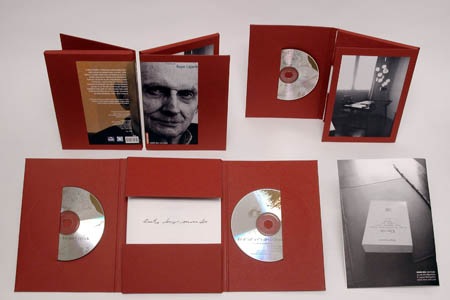
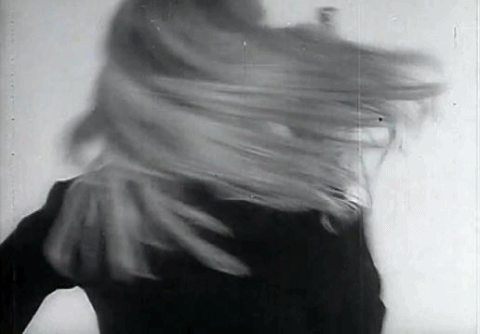
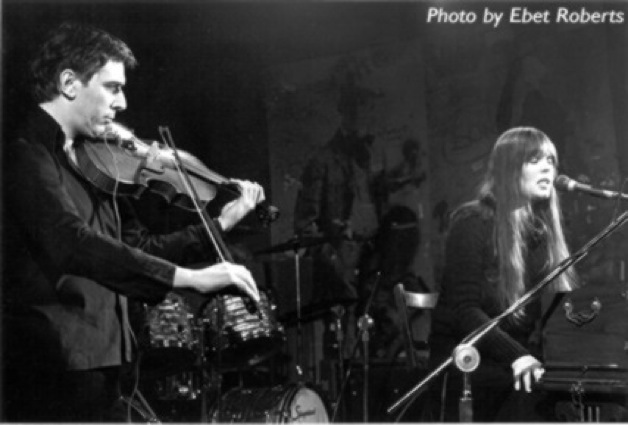
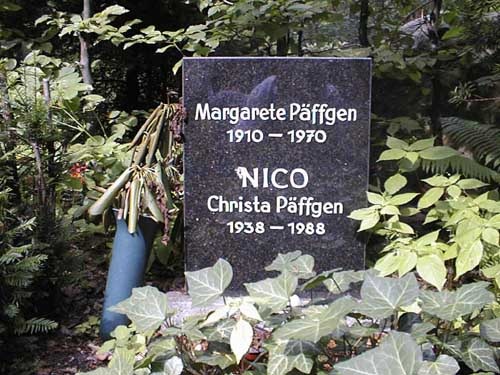
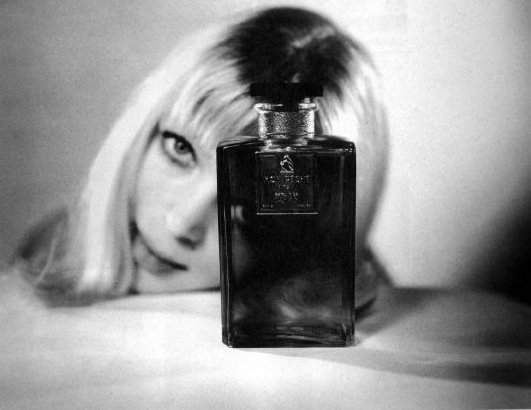

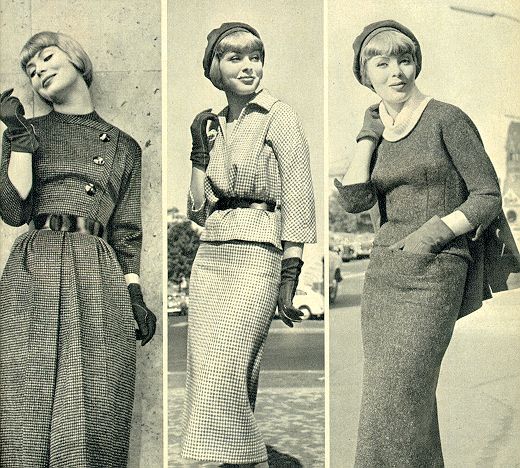
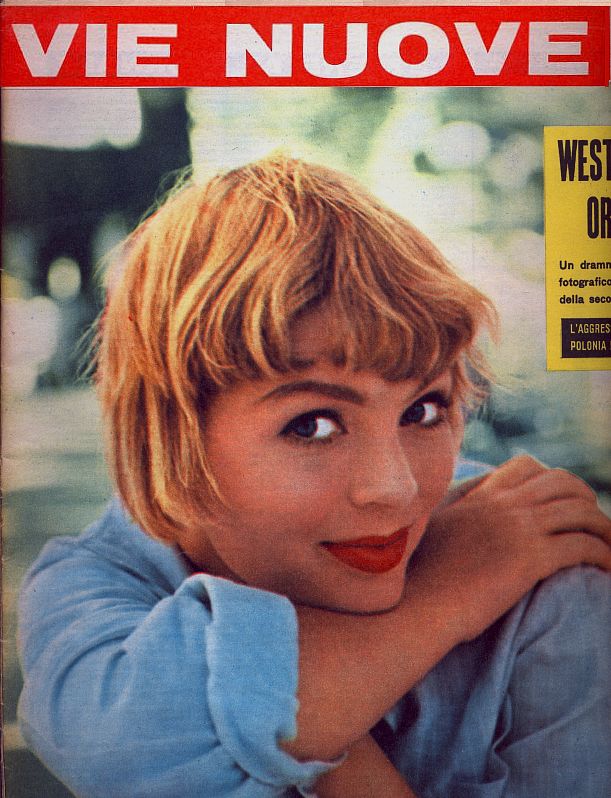
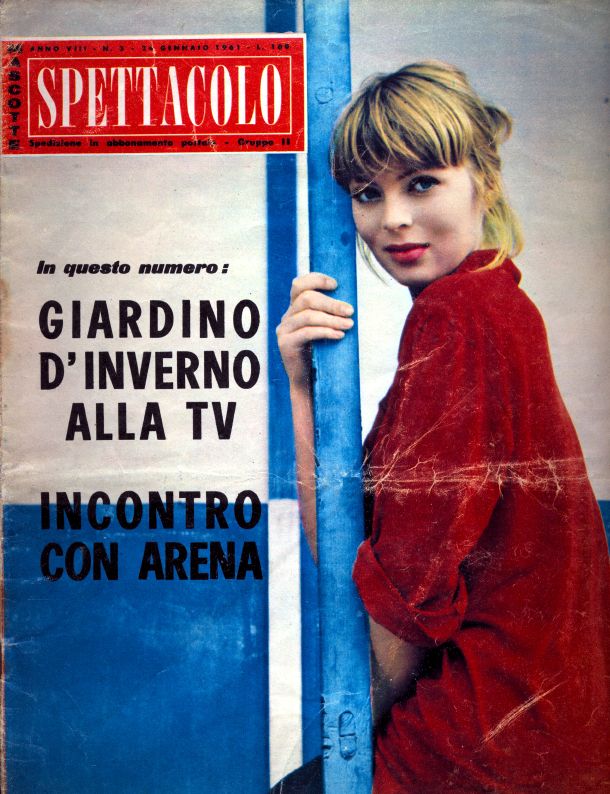
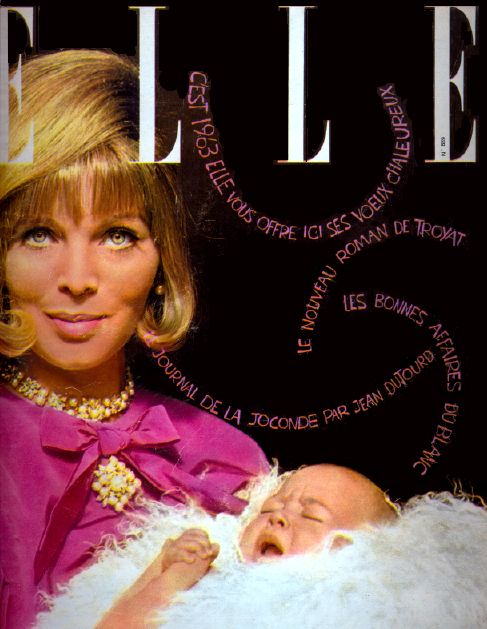
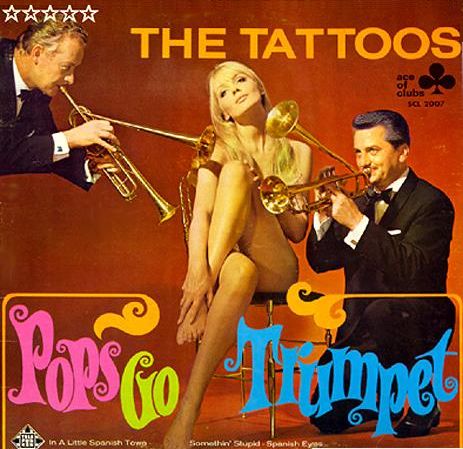

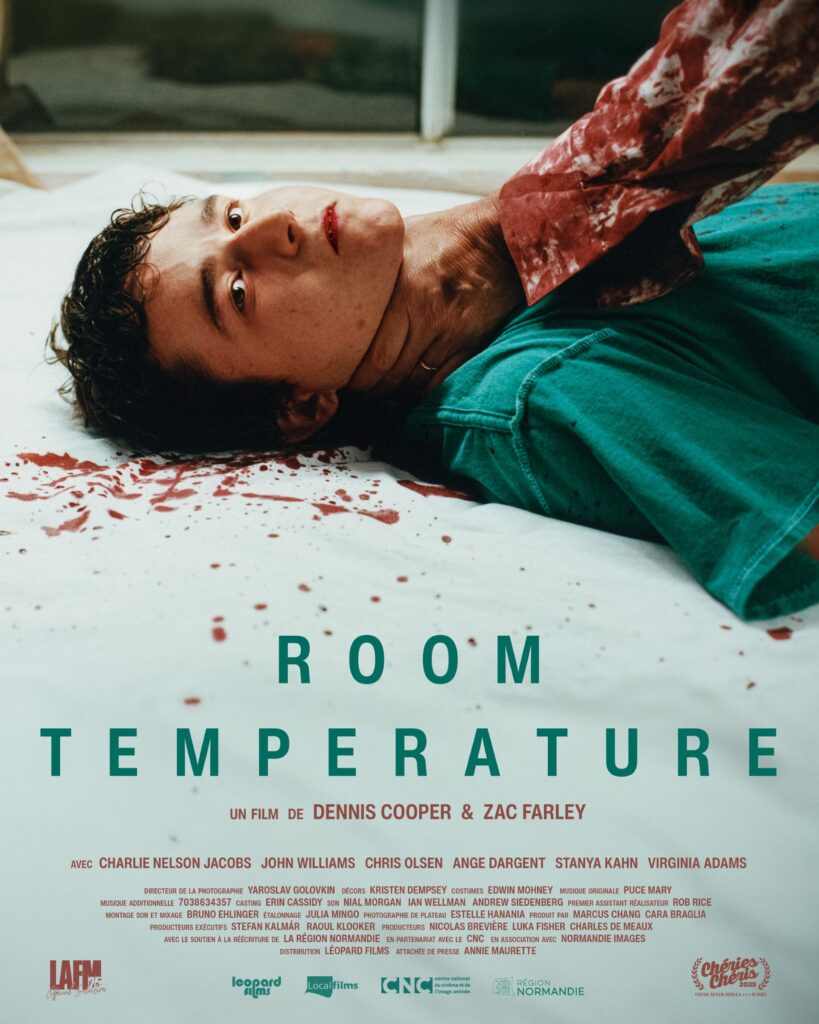

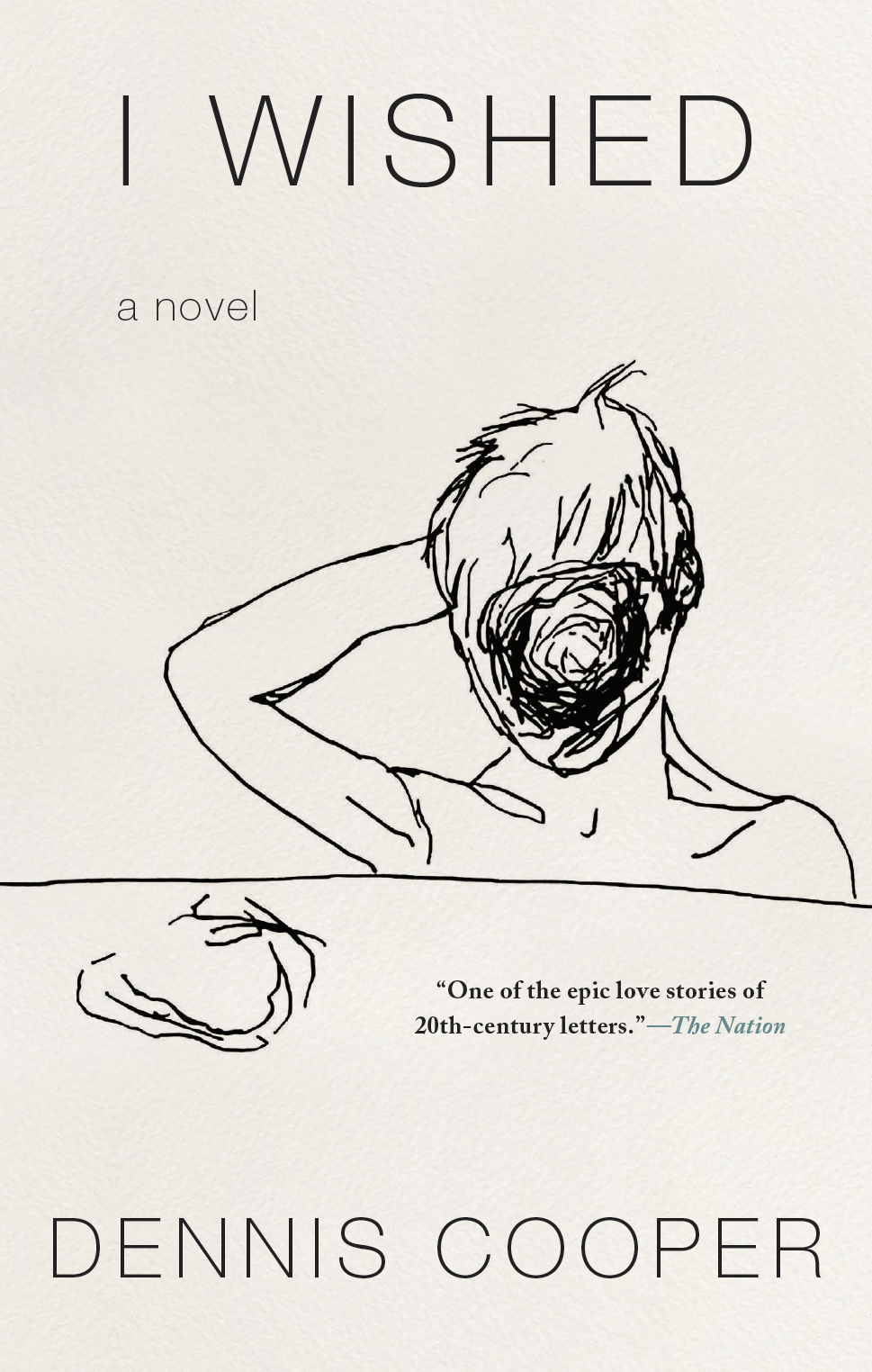
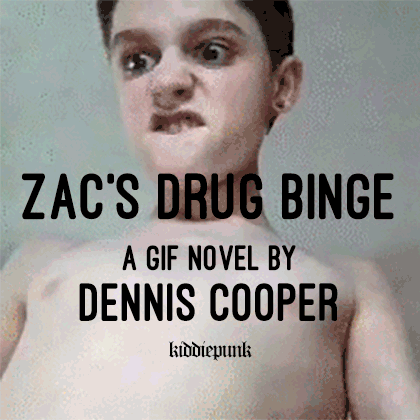
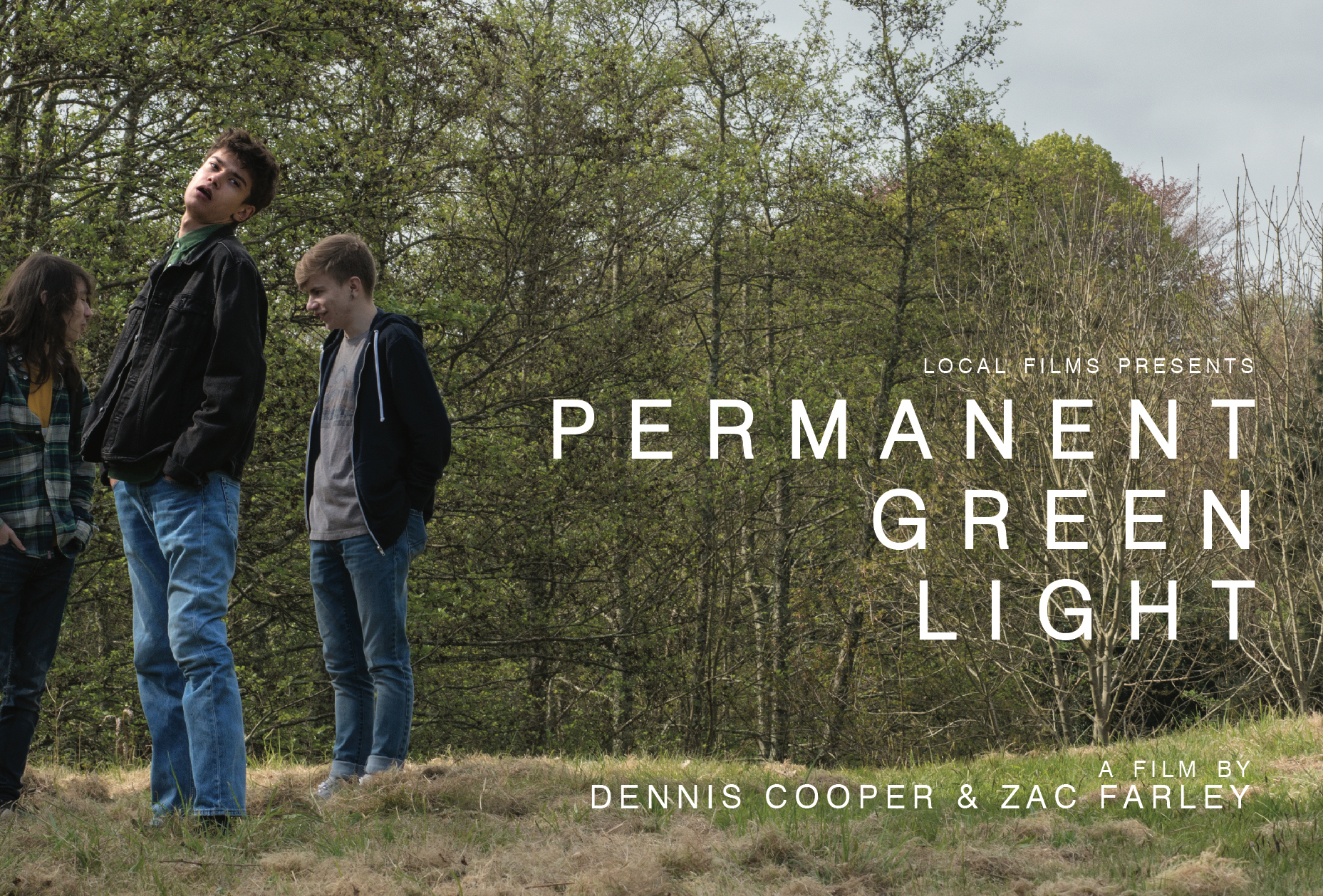 Now available in North America
Now available in North America 